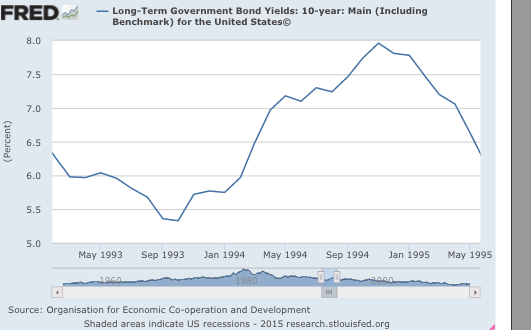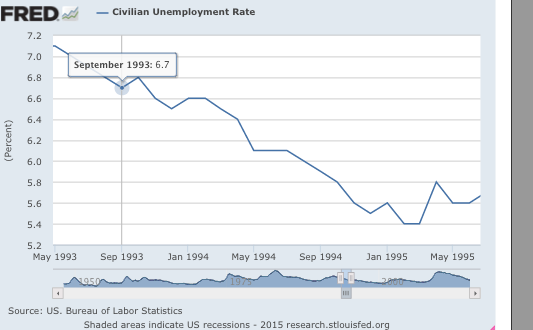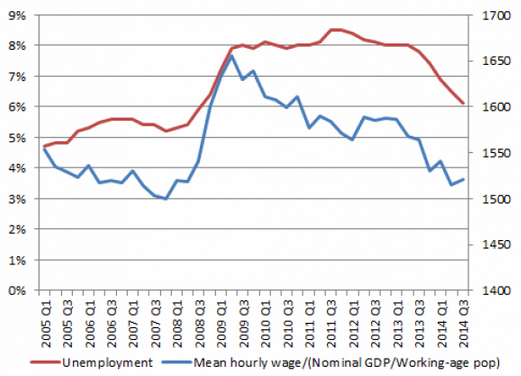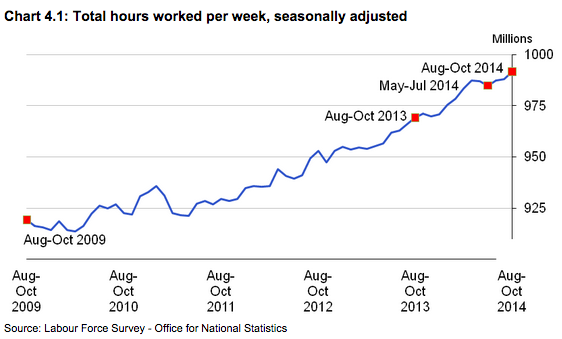What does it mean to admire someone?
It’s silly Sunday, and as I take a break from shoveling another 18 inches (plus high winds and bitter cold and ice dams causing roof leaks, etc.), I’d like to offer some thoughts on Tyler Cowen’s recent post asking whom we most admire (among people still alive.) I’m more interested in what it means to admire someone, and also what we mean by “someone.”
I might refer to “my” arm or my kidney, or my left foot. That suggests there is some sort of personal identity—me—that possesses these things. And this doesn’t just apply to parts of the body, but also intangible attributes. I could speak of Paul Krugman’s analytical brilliance, or Tom Cruise’s charisma, or Russell Westbrook’s athleticism. Then there’s my memory, or my consciousness, etc. In the end, I’m skeptical of the idea that there is some sort of core personal identity that possesses all these things—people are probably just a bundle of attributes. It’s not even clear where “Scott Sumner” ends and “not Scott Sumner” begins. Are my tooth fillings part of me? What about an artificial limb (if I had one.) In the future we may have brain implants. How about our clothing?
One theme that comes up in Tyler’s discussion is that people seem a bit embarrassed to admire people for certain personal attributes (say artistic or athletic skill that is partly genetic) as opposed to attributes like courage and hard work, which may require lots of self-sacrifice. Of course courage and willingness to work hard may also be partly genetic.
I also wonder whether ability to understand something reduces our admiration. The behavior of a very good person (Gandhi) or a very bad person (Hitler) seems mysterious in some way, and I think at some level we want it that way. There’s an old saying, “to understand all is to forgive all.” We don’t really want to be able to say, “I know how Hitler felt” because we don’t want to forgive him. Now of course there’s something illogical about assuming that understanding goodness or evil makes it less good, or less evil, but I think that’s how most people look at things.
I have sort of contrarian views on this. I don’t believe in free will, and yet oddly I think we should admire good people, and scorn evil people, because people react to incentives. By admiring people who do good things, we encourage good behavior. Deep down we feel that we should devote more effort to encouraging Aung San Suu Kyi to fight for freedom in Burma, than to encourage Tom Cruise to be even more charismatic when he smiles. So that provides some justification for thinking heroes are more worthy of admiration, although we may underestimate how much pleasure we derive from artists, athletes and other people engaged in seemingly “superficial” activities.
Not sure anyone cares, but I’ll list people I admire, in two categories. The first is heroic figures, who fight for classical liberalism at great personal risk:
Heroes: Aung San Suu Kyi, Liu Xiaobo
Now I’ll list people I admire for specific talents or attributes. Oddly I don’t have any scientists, and the only economist is not admired for his economics. If Einstein was alive I might include him, but I don’t know much about modern science. The people I admire most for attributes is artists. (Here I don’t care about what the person is like “deep down,” whether they cheat on their wives, etc.) I’m most admiring of people whose achievements seem miraculous. Recall the earlier discussion of good and evil; we want to think it’s somehow mysterious, as if demystifying the achievement would drain it of any real meaning.
Music: Bob Dylan — My favorite living artist, even though I’m not a musically-oriented person (I prefer literature and the visual arts.) His achievements in the first 25 years of his life seem incomprehensible to me. Perhaps that’s because I know little about music. Please don’t demystify it in the comment section.
Writers: Karl Ove Knausgaard, Haruki Murakami, Orhan Pamuk
Athletes: Kareem Abdul Jabbar, Russell Westbrook, Giannis Antetokounmpo
Directors: Wong Kar Wai, David Lynch
Actors: Tony Leung, Gong Li
Intellectuals: He is an infovore who’s read everything, heard everything, and travelled everywhere. He seems to have an Apollonian view of the planet that us mere mortals struggle to comprehend. He’s an economist. And a blogger. And I sort of work for him. Can you guess?
Business: I don’t admire business leaders, except perhaps Elon Musk
Politicians: Can’t think of any
Good people: Mom, former colleague Ted Woodruff
PS. I sort of admire some other bloggers, but I decided not to start down that road, as I don’t know where to draw the line.





